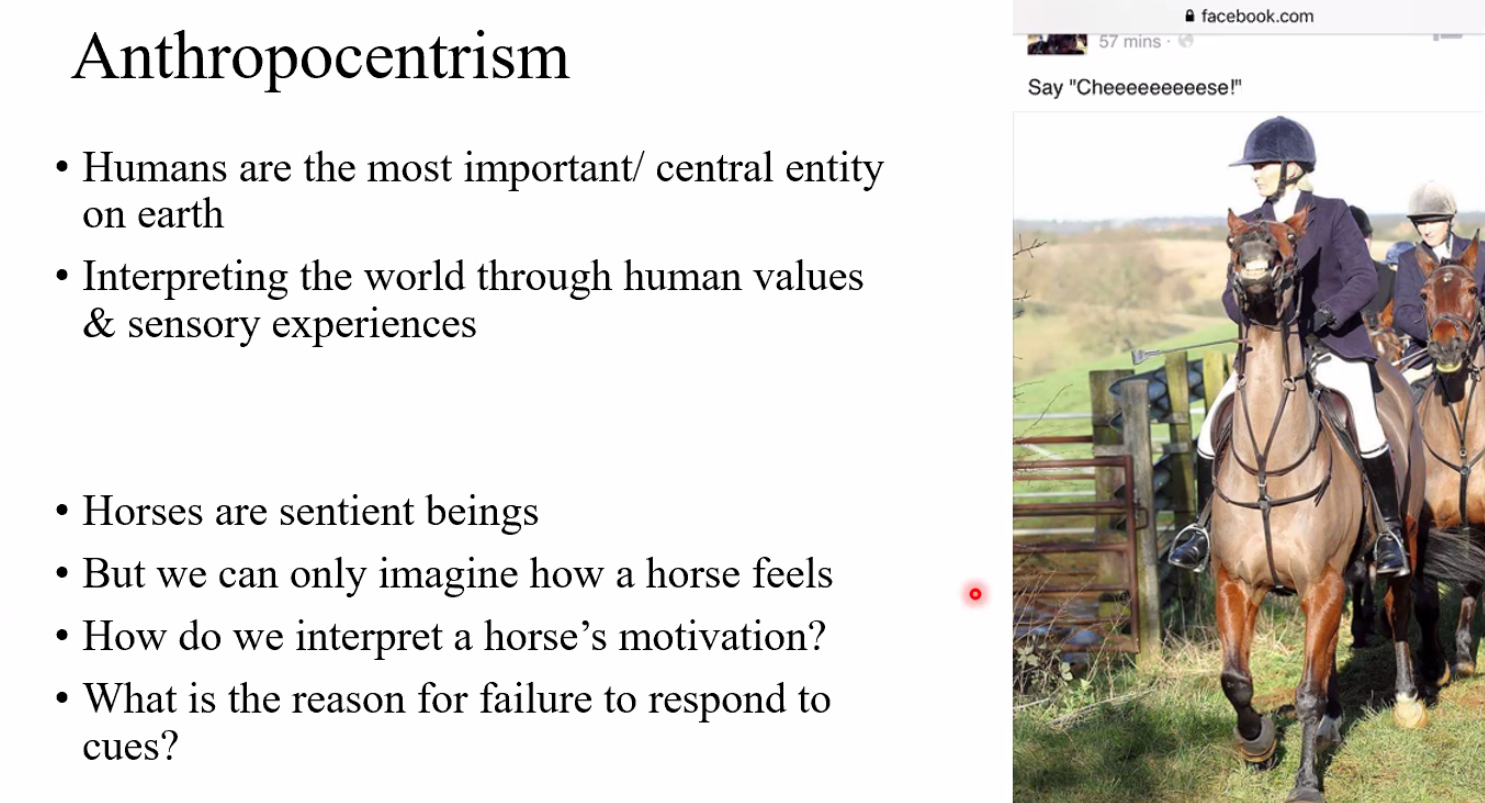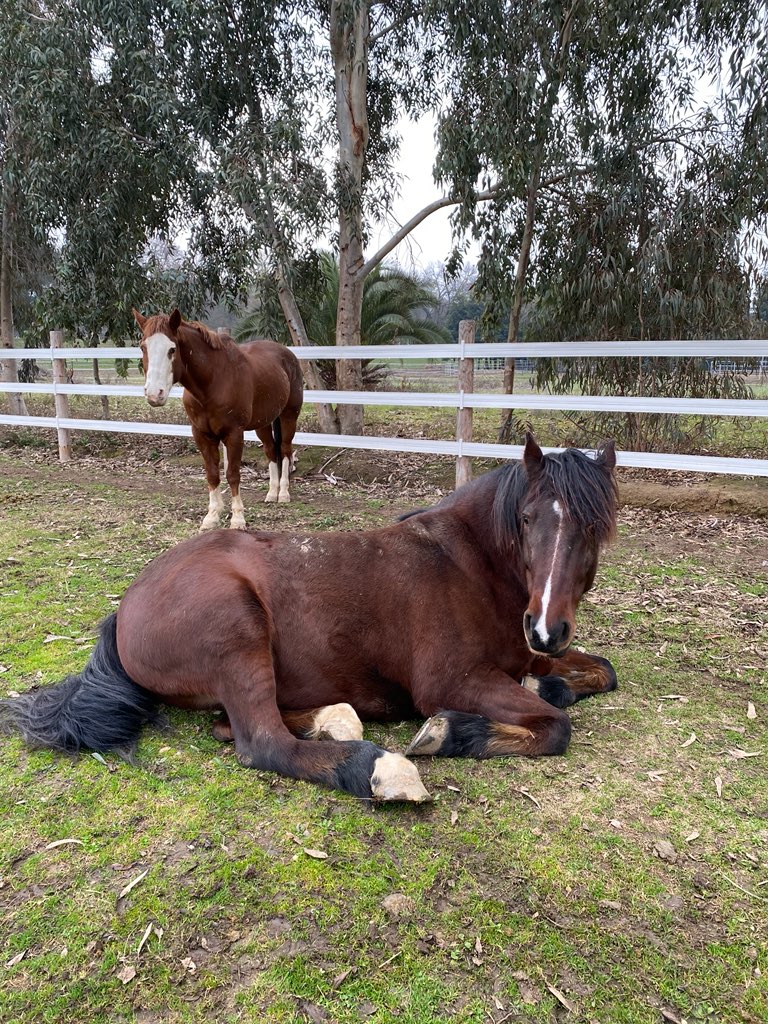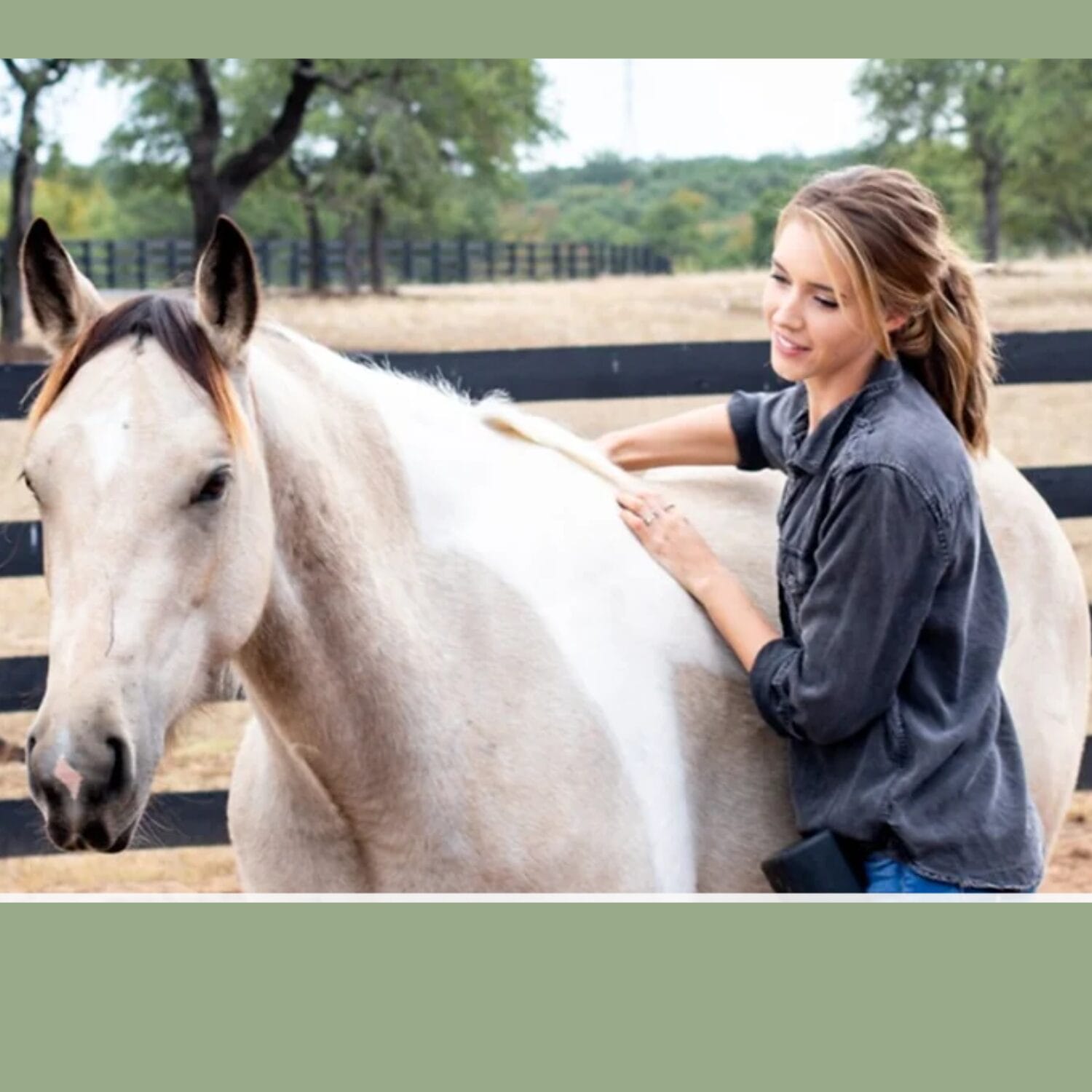Anthropocentrism and Horse Welfare: Unraveling the Impact of Human Superiority on Equine Treatment and Cultural Norms

Definition and Role of Anthropocentrism in Horse Welfare Philosophies
Anthropocentrism is the philosophical viewpoint that places humans at the center of moral consideration, often seeing human needs, desires, and perspectives as superior to or more important than those of other species. In the context of horse-human relationships, anthropocentrism plays a foundational role in shaping how people justify, structure, and rationalize their approaches to horse welfare.
Historically and contemporarily, anthropocentric thinking influences equestrian practices, from casual riding to competitive sports and working roles.
Horses are often seen through the lens of utility—valued primarily for their service, performance, or aesthetics.
Even the concept of “welfare” is often filtered through a human-centric view: a horse is considered “well cared for” if he/she is clean, well-fed, and performs his/her job without obvious signs of distress, even if his/her psychological or emotional well-being is compromised.

This viewpoint creates a dangerous blind spot, where the inner experiences and intrinsic worth of horses as sentient beings are downplayed or ignored.
As a result, practices that are inherently stressful, painful, or confusing for the horse can be accepted or even praised, as long as they align with human goals or cultural norms.
Normalization of Abusive Practices in Horse Culture
One of the most insidious outcomes of anthropocentrism in equine culture is the normalization of abusive training and handling practices. Many such methods are celebrated for their “effectiveness” in controlling or “breaking” horses, while the horse’s consent, comfort, and understanding are not part of the equation.
Examples of normalized abuse include:
- The use of harsh bits, tight nosebands, or spurs under the guise of “control” or “communication.”
- “Sacking out” and flooding techniques that override the horse’s fear responses rather than building trust.
- Over-riding or over-training horses for competition with little regard for physical and mental exhaustion.
- Keeping horses in confinement for extended periods with minimal social interaction, often justified as being “for their own safety.”

These practices often persist not because horse people are inherently cruel, but because they are embedded in traditions, institutions, and belief systems that prioritize human convenience, competition, and ego.
Abuse is rebranded as discipline, dominance as leadership, and fear as respect. This semantic shift is only possible in a culture that fundamentally sees the horse as a subordinate “tool” rather than a co-equal being with its own desires and rights.
The Need for a Paradigm Shift: Seeing Horses as Sentient Beings
To evolve beyond this entrenched anthropocentric model, horse culture must undergo a fundamental transformation—both ethical and epistemological. This shift requires the equestrian community to accept several critical truths:
- Horses are sentient beings with complex emotional lives, social needs, and the ability to suffer both physically and psychologically.
- Welfare must be redefined to include psychological safety, autonomy, choice, and the presence of positive emotional states—not merely the absence of obvious pain or injury.
- Education must evolve to challenge outdated methods and promote evidence-based, compassionate alternatives that prioritize the horse’s understanding and well-being.
This shift is not only a matter of technique but of philosophy. It demands humility, empathy, and a willingness to question one’s own practices—even those passed down by revered trainers or institutions.
Barriers and What It Will Take to Change
Changing horse culture is daunting, as it involves confronting deep-rooted traditions, economic pressures, and identity constructs. Some barriers include:
- Cognitive dissonance: Horse owners who love their animals may resist acknowledging the harm caused by conventional practices.
- Institutional inertia: Competitive bodies, breed associations, and training schools often reinforce traditional standards that prioritize appearance or performance.
- Lack of access to new knowledge: Many equestrians are not exposed to contemporary research on equine behavior, learning theory, or welfare science.
To move forward, we need:
- Widespread education through accessible resources, humane certification programs, and integration of equine science into all levels of training.
- Role models and advocates within the equestrian world who exemplify compassionate, horse-centered approaches and influence public perception.
- Cultural reframing: Celebrating empathy, softness, and mutual respect as markers of mastery—not domination or submission.

Final Thought
Ultimately, the path forward requires recognizing that horses do not exist for us—they exist with us. Their value does not depend on their utility, their pedigree, or their performance. Only when we relinquish the anthropocentric lens and begin to listen—truly listen—to the horse, can we claim to understand what it means to care, and what it means to be humane.
Until then, every spur dug in, every ear pinned back, every behavior that is ignored or justified, every moment of violence used in the name of “training” is a reminder of how far we have to go.